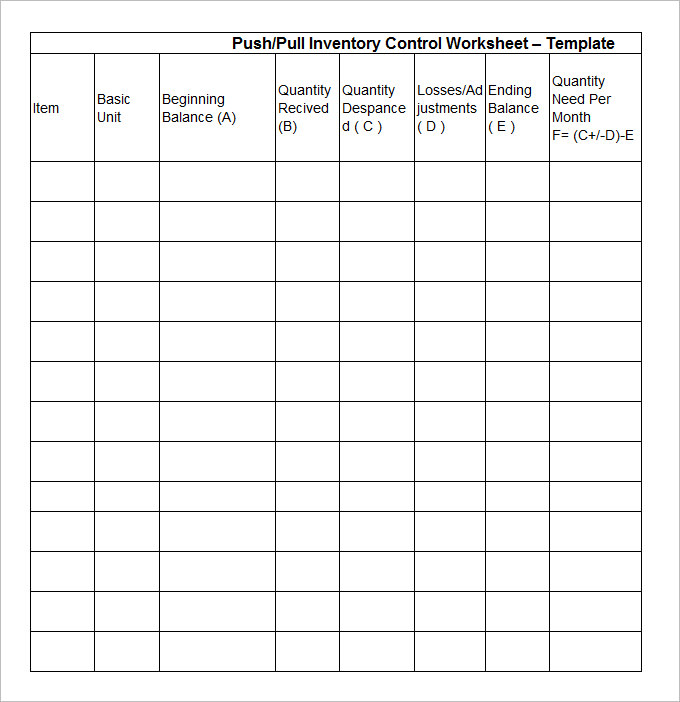

Both inventory and PPE (property, plant, and equipment) are assets that the company owns.Compared with PPE inventory is a liquid asset because it is expected to be converted into cash within a year.But inventory is not depreciated, it is valued at the market price. PPE are depreciated over their useful life.PPE is a non-current asset and is expected to be used for more than a year. Inventory is a current asset, and it is expected to be used or converted into cash within a year.PPE includes all long-term tangible assets of a company that are used to generate revenue. Inventory includes all raw materials used in the manufacturing of goods and the goods that are available for sale.Below shows some differences between inventory and PPE (Property, plant, and equipment). But there are some differences between them. Inventory VS PPE (Property, Plant, and Equipment): How do They Differ?īoth inventory and PPE are the assets that a company owns. Depreciation of the assets is recorded as an expense on the income statement. Depreciation is the process that reduces the value of the property, plant, and equipment over their useful life. As these assets are long-term assets companies depreciate them.

It means they cannot be easily converted into cash. Property, plant, and equipment of a company include:Ĭompared to other assets PPE is illiquid. Property, plant, and equipment are also called fixed assets. Companies invest in PPE to benefit their operations in the long run. These assets are tangible assets which means they have a physical form. They are the non-current long-term assets of a company that are used to generate sales and profits. PPE (property, plant, and equipment) is all tangible assets of a company that are expected to be used for more than a year or an operating cycle. What Is PPE (Property, Plant, and Equipment)? When a company sells its inventory item its carrying cost is transferred to the cost of goods sold (COGS) category on the income statement. It’s because the turnover of inventory indicates one of the primary sources of revenue generation. Inventory is considered as one of the most important assets that the company owns. Finished goods – Goods that have gone through the manufacturing process and are available for sale.Work-in-progress – Goods that are in the process of being made.Raw materials – Unprocessed materials that are expected to be used to manufacture goods.However, inventory is considered a less liquid asset among other current assets. Companies record their inventory as a current or a short-term asset on the balance sheet. It includes raw materials used to manufacture the goods and the finished goods that have already been manufactured and ready for sale. Inventory is an accounting term that refers to the goods of a company that are in various stages of being made ready for sale in the ordinary course of business. This blog post is about inventory, PPE (property, plant and equipment) and (inventory vs PPE) the difference between them. PPE (property, plant and equipment) are the long-term assets of a company that provide economic benefits. Inventory includes all raw materials used for the production of goods and the already manufactured goods that are available for sale. Inventory is a current asset, while PPE (property, plant, and equipment) is a non-current asset. Considering the convertibility into cash and the time period, these assets can be classified as current and non-current assets. Companies purchase assets with the expectation to generate sales and profit.


 0 kommentar(er)
0 kommentar(er)
